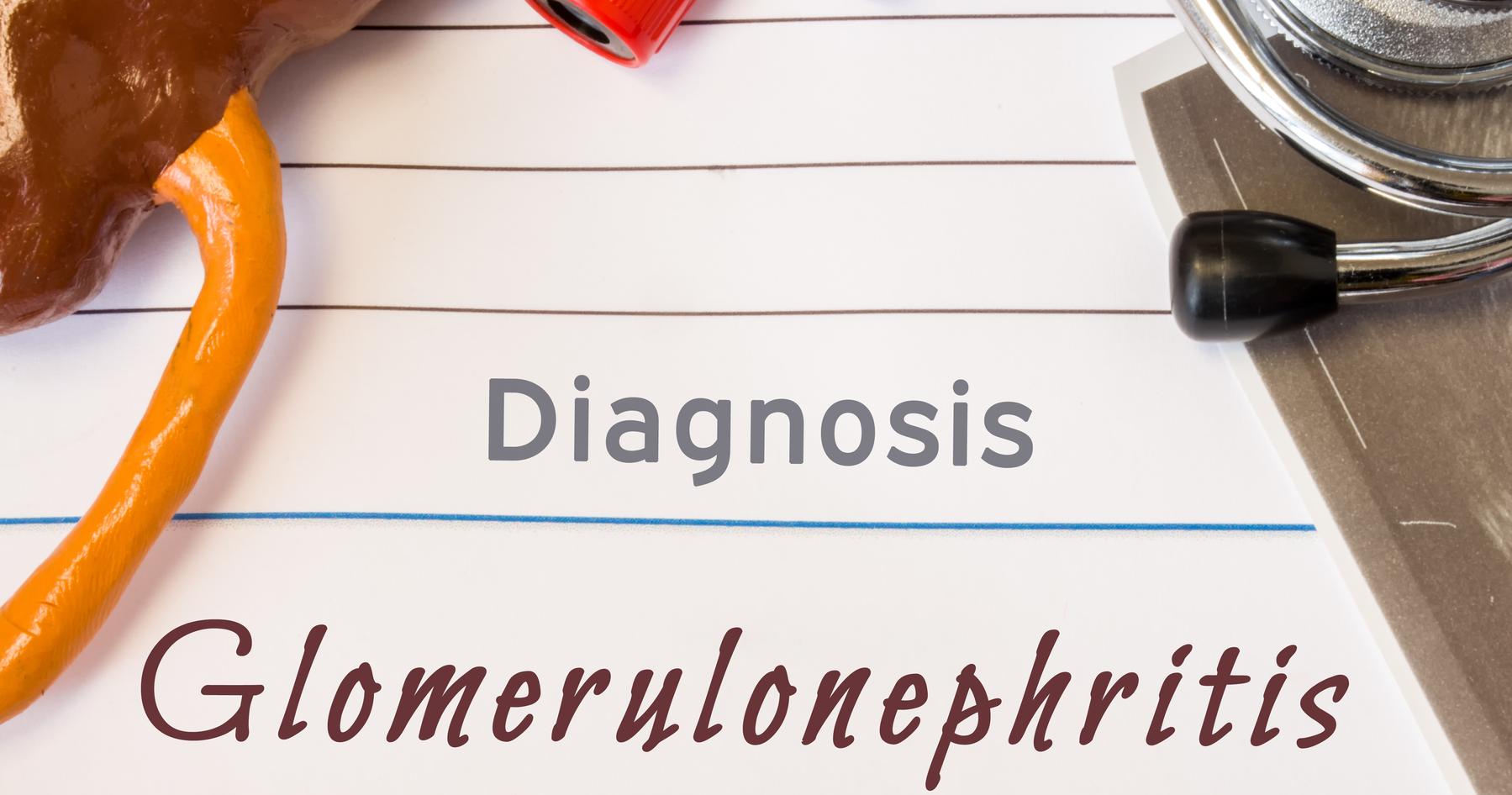Guide To The Types Of Kidney Disease
Diabetic Nephropathy

Diabetic nephropathy is a gradual loss of kidney function that can develop as a complication of type 1 or type 2 diabetes. Roughly twenty-five percent of diabetes patients will eventually develop this condition. Risk factors for diabetic nephropathy include poor control of blood glucose or cholesterol, hypertension, and tobacco use. Doctors will perform urine tests to check for high protein levels as part of the diagnostic process for this condition. Blood tests will also be needed to provide more information about kidney function. Computerized tomography scans and magnetic resonance imaging help doctors assess blood flow within the kidneys. Patients may also need to have ultrasounds, renal analysis testing, or a kidney biopsy.
The most important steps in the treatment of diabetic nephropathy are to control blood glucose and hypertension. Prescription medications such as angiotensin-converting enzyme inhibitors may be necessary to reduce blood pressure. Patients may be asked to take statins to reduce cholesterol. These medications also reduce protein in the urine. In the advanced stages of diabetic nephropathy, patients will normally need to begin dialysis. Kidney transplants or kidney-pancreas transplants may be considered in certain cases.
Continue reading to reveal more types of kidney disease now.
Glomerulonephritis

Glomerulonephritis is a condition that causes inflammation in the glomeruli, small structures made of blood vessels. These structures are responsible for the proper filtration of the blood and the removal of excess fluids. Patients with acute glomerulonephritis could experience coughing due to an accumulation of fluid in the lungs. They may also notice they are urinating less than usual. Urinary output may appear rusty due to the presence of blood. Individuals with chronic glomerulonephritis typically urinate more frequently than usual during the overnight hours. Their urine may appear foamy or bubbly as a result of excess protein. Abdominal pain, swelling of the face and ankles, and frequent nosebleeds could develop as well.
Doctors generally rely on blood and urine tests, ultrasounds, and computerized tomography scans to diagnose glomerulonephritis. Some patients may need to have immunology testing, chest x-rays, or an intravenous pyelogram, and a kidney biopsy could be necessary to confirm the presence of this condition. If an autoimmune condition causes a patient's glomerulonephritis, corticosteroids or plasmapheresis may be used as treatment options. Individuals with chronic glomerulonephritis are often prescribed diuretics to reduce swelling. Dietary changes to reduce protein, salt, and potassium will be recommended. These patients need to monitor their fluid intake carefully too.
Read more about the various types of kidney disease now.
